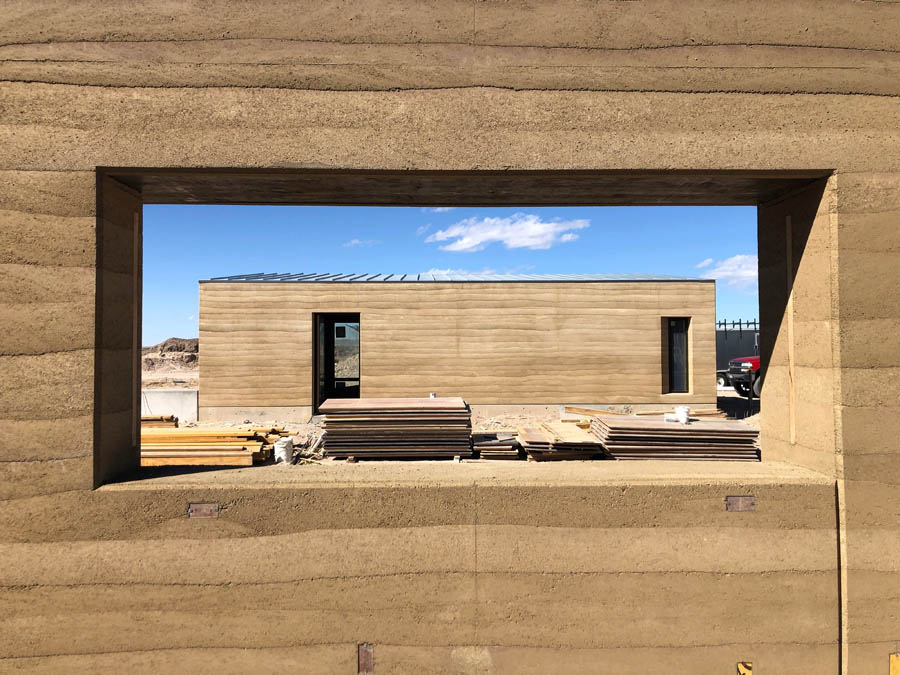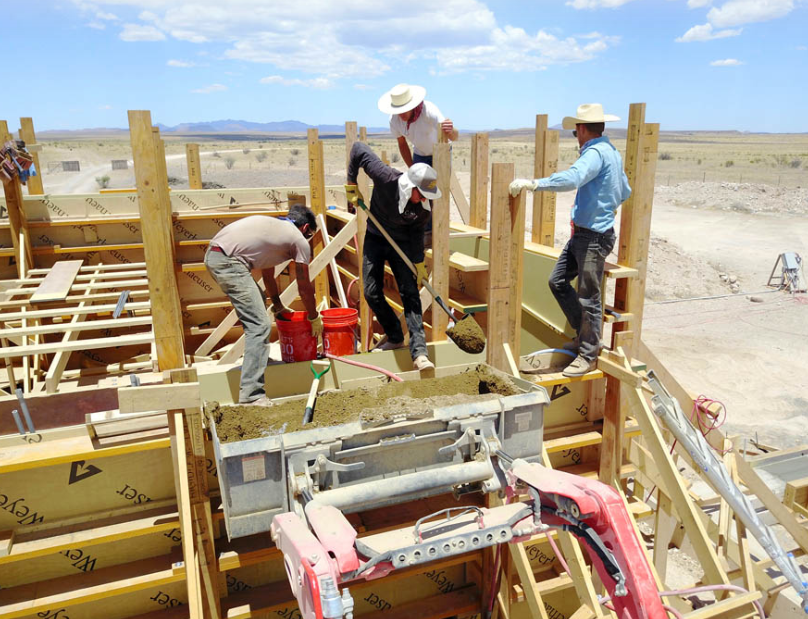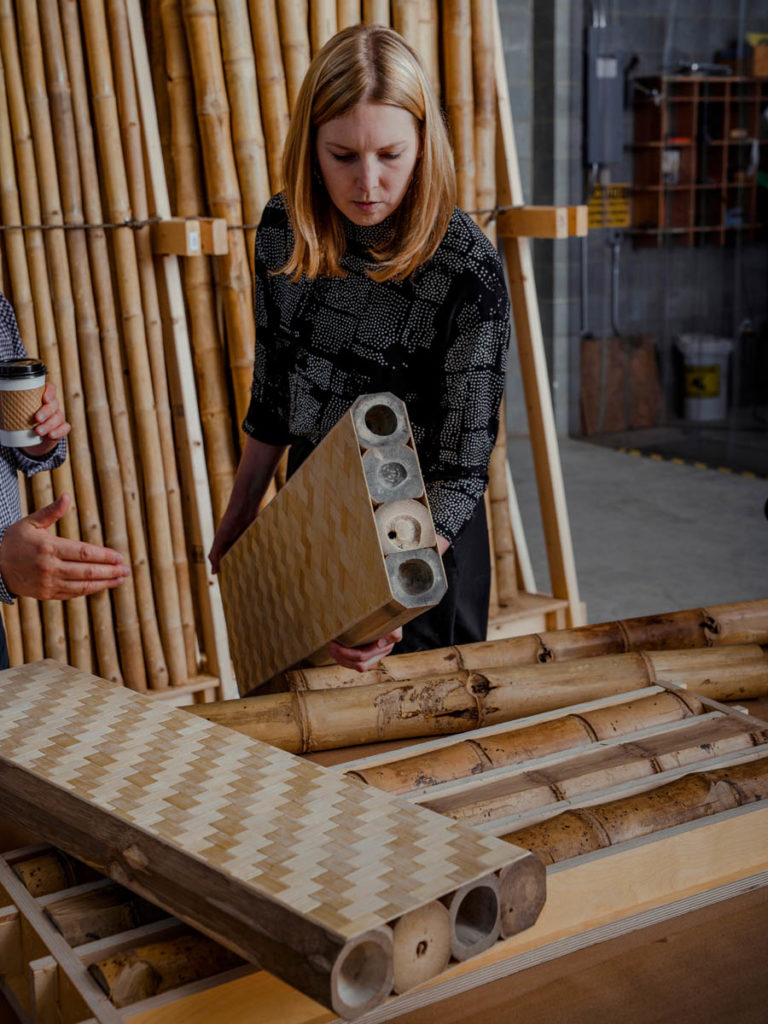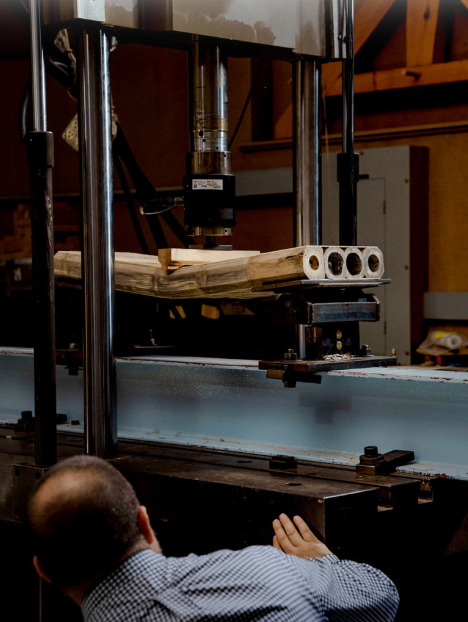When Kate Simonen, a professor who leads the Carbon Leadership Forum at the University of Washington, was a young architect experimenting with alternative approaches to conventional concrete. She called up her structural engineer on an educational-building project and asked if they could swap out some of the cement in their mix for fly ash. He was game to try it in the foundation. So they did it, and then Simonen calculated how much they’d reduced the project’s carbon footprint with that simple switch. “It was more than all my commuting choices for the rest of my life,” Simonen says. “I was like, ‘Whoa! Now, that is scale.’”

Architect Anthony Guida devoted years of his career to working as a global educator at Architecture 2030, a nonprofit well known for setting ambitious industry goals to curb greenhouse gas emissions and support the advent of net zero energy buildings. Guida was clear on the science about carbon dioxide, the primary greenhouse gas emitted when buildings burn fossil fuels for their energy needs. But over the past few years, Guida had expanded his focus to include embodied carbon—all the CO2 pollution produced as you’re getting a structure (even a “green” one) up and running. One day he pulled into an underground parking garage with three levels of concrete. Guida sat in his car, suddenly feeling the impact of all it represented, the metric tons of carbon dioxide now in the atmosphere from the cement production alone. “I looked around and thought, ‘Ugh, this is so bad. This is like children smoking!’” he recalls.

While journalists keep repeating the refrain that the built environment accounts for nearly 40 percent of the annual global emissions pie, the public is waking up to the ways conventional materials like concrete and steel expand that slice. Awareness of all the carbon emitted in widely accepted construction and furnishing practices (from raw material extraction to manufacturing and shipping) is growing, and the high-profile carbon shaming aimed at the fossil fuel, airline, and automotive industries could easily extend to architecture, engineering, construction, and urban planning. Each consecutive year of record temperatures, storms, wildfires, and water shortages has heightened the public’s sense of urgency about carbon’s impact, as has the Intergovernmental Panel on Climate Change’s more-than-clear message that we have less than a decade to reduce emissions by half before the planet locks into conditions too hot for many species, including us. The climate crisis has prioritized anyway-we-can mitigation over the design industry’s previous focus on low-utility-bill design.

A common complaint among sustainability leaders in the battle to draw down embodied carbon emissions is that they’re hard to measure, certainly more so than energy usage. Very few firms, in other words, acknowledged that a project’s carbon footprint “budget” was often blown before any of the lights were turned on.

In 2012 LEED introduced its new rating system (4.0) with credits for procuring low-carbon materials and compiling a Life Cycle Analysis (LCA) for projects. The Athena Impact Estimator is a spreadsheet tool that helps firms carry out LCAs and is especially effective in the early phases of a design process. This month a procurement tool called EC3 (short for “Embodied Carbon in Construction Calculator”) is being launched. With the new carbon accounting tools have come serious attempts at “regenerative architecture,” which can mean many things but in this case is the idea of building something that stores more carbon than it releases overall.

Some of the actions that significantly reduce embodied carbon are so simple, it’s not even about finding the just-right accounting tool. “The best thing to do is to use common sense,” says Thomas Robinson, “Use what you have on hand, a material sourced regionally and coming from a sustainably managed forest.” Bob Harris has worked with all sorts of lower-carbon building materials, including rammed earth. “We think, ‘How can we do the most with the least? How can we be efficient and elegant with design so we’re not wasting material, construction, time, or budget?’” says Harris, noting the industry’s proclivity for upselling clients on bigger, fancier project designs. “If people stopped and looked for shared uses, right size, opportunities to combine or shrink, not just ‘more is more,’ that’s intuitive as a starting point.”
The real hero projects of embodied carbon savings are retrofits, which former AIA president Carl Elefante calls “avoided carbon. Our number one job to get that first carbon dip is to deal with existing buildings.”
Another giant lever, of course, is public policy. Numerous cities around the United States and Europe have recently passed legislation that not only regulates the amount of operational carbon emissions a tall building is allowed, but publicly shames and fines a building owner for going over prescribed limits.
Carbon-minded researchers and designers are calling for a philosophical change in design culture to support drawdown actions. Materials innovator Jonas Hauptman says designers need to be more honest about how much of our built environment ends up in landfills. (Interiors are the worst offenders, turning over every decade or so.) “Our culture has this really strange set of desires: We always want new stuff but we also want things that last forever,” he says. He suggests designing with deconstruction or reuse in mind, to preserve as much of that already-spent carbon as possible while tastes inevitably change again.
KieranTimberlake’s Carlisle wants the industry’s leading practitioners and top professors to become so climate literate that they elevate the aesthetics of carbon-neutral projects, too. “There’s culturally a tendency that if you care a little too much about carbon or modeling, that somehow you’re not a designer anymore, that you’re not doing the magic,” says Carlisle. “I think we need to wholly reject that notion. We need folks who are that romantic image of ‘The Architect’ to not be flippant about climate change, and we need them to do the work.”
You can read the original article at www.metropolismag.com
